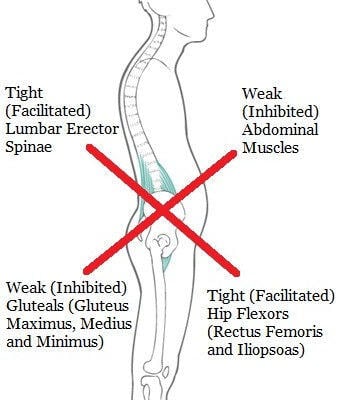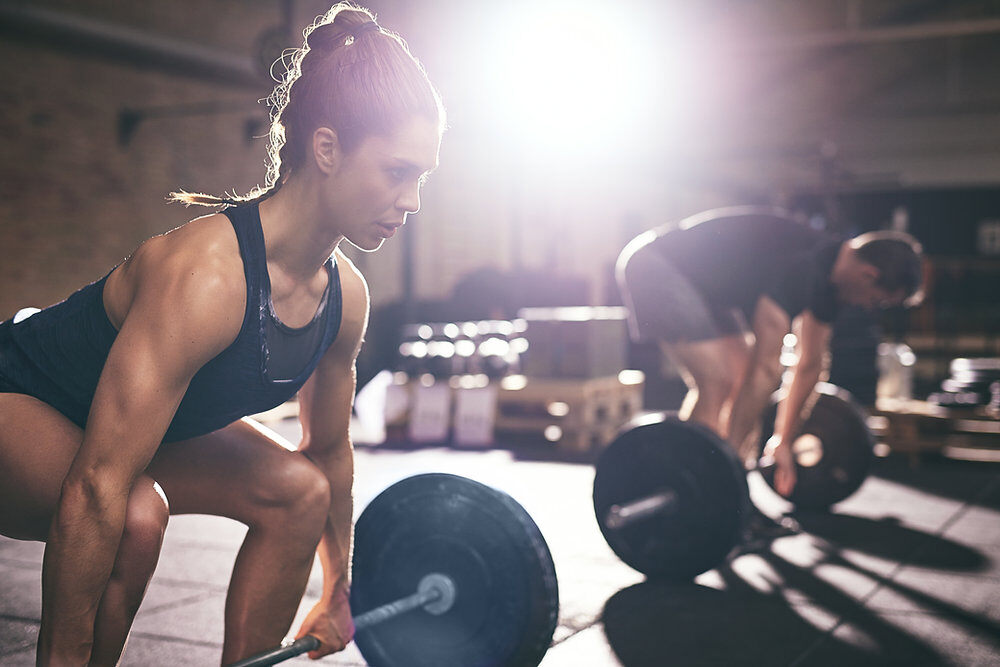Low back pain is a common occurrence in weightlifting, Cross Fit, and other functional athletes. There are varying degrees of it; from being a minor nuisance, to having to scale down certain exercises due to pain, all the way to the athlete choosing to completely walk away from their training all together. I ABSOLUTELY HATE TO SEE an athlete have to quit on something they love and have relied on for years due to uncontrolled back pain.
Now here's a reality: many of my clients from this functional athlete group have developed low back pain due to, or during, the DEAD LIFT. It must be noted that I am no way suggesting that the dead lift is a bad exercise or should be avoided. In fact, dead lifts are one of the best functional strength training exercises an athlete can do; IF DONE CORRECTLY.
There are three main reasons the athlete would develop back pain from dead lifts:
1) Poor mechanics (doing the exercise incorrectly with poor form)
2) Limited mobility in one or more regions of the body
3) Limited stability/motor control of the spine and surrounding structures
We won't spend much time in this blog about the mechanics of a dead lift, BUT do understand they are very important! Please check with your coaches, trainers, PTs, etc... to make sure you are performing the lift with correct mechanics. The plan is to talk in detail about mobility for the dead lift in another blog, so we will shelve that for now as well. Today's focus is to talk about stability/motor control of the spine and surrounding structure.
First we must understand the concept of lower crossed syndrome. This concept, in its simplest form, says that when an athlete has difficulty activating her gluts and abdominals together then she will be overactive (tight) with the low back and hip flexor musculature. See the diagram below:

When the athlete is overactive or over facilitated in the low back and hip flexors because of this concept, this creates abnormal stress on the spine itself with too much curve, compression, and shearing taking place. Pain is essentially inevitable at this point!
So what's the fix? You must learn how to activate your gluts and abdominals; and use them together during the dead lift! Check out the video below to learn how to practice glut activation. If you can't isolate and turn on the glut easily in this position, then you will likely not activate it well during the dead lift movement.
Now let's practice turning on the abdominals and gluts together. Here is one of my favorite exercises to train this:
Next, let's incorporate this concept back into a dead lift motion. The following drill is a great way to practice the glut and abdominal contraction during the dead lift. It also provides cuing for lat activation, which provides even further stability for the spine.
Lastly, let's talk about the idea of Anti-rotational Stability and how it relates to the dead lift. Anti-rotational stability has been talked about a lot recently for the functional athlete, and for good reason. It's important and typically way under trained for a lot of athletes. Anti rotational stability is essentially your ability to keep the spine from rotating at a vertebral-segment level, during a sigittal plane movement (ie dead lift, squat, cleans, jerks, etc...).
There are many ways to train rotational stability, but I suggest to keep it very simple to start. The following exercise is called the Paloff Press in half kneeling. I suggest utilizing this for activation prior to your lifting session, as well as on your off days that you spend training core and motor control.
For more anti rotational training ideas, subscribe to my website and follow me on social media! Then reach out and I can give you plenty of things to work on! As always, you as the reader must be reminded that this is a "shot -gun" approach to addressing the cause of low back pain during or after dead lifting. Sometimes actual pain needs to be addressed with specific interventions. If your low back pain continues because of lifting, DON'T WALK AWAY FROM IT JUST YET! Reach out to us at AJPT to get a full evaluation and a custom treatment plan to get you out of pain and back to the lifting you love!
Thanks for reading!


Comments